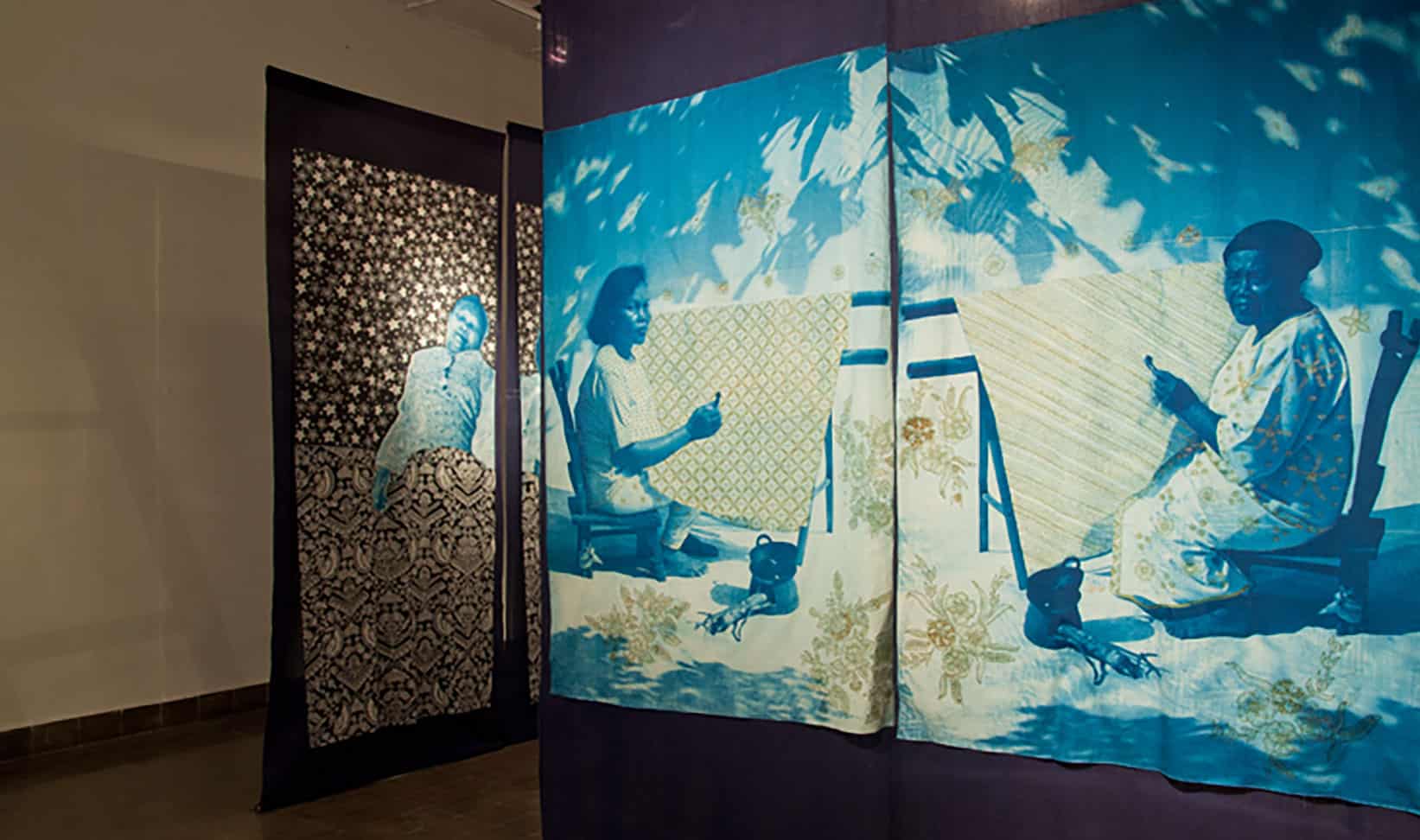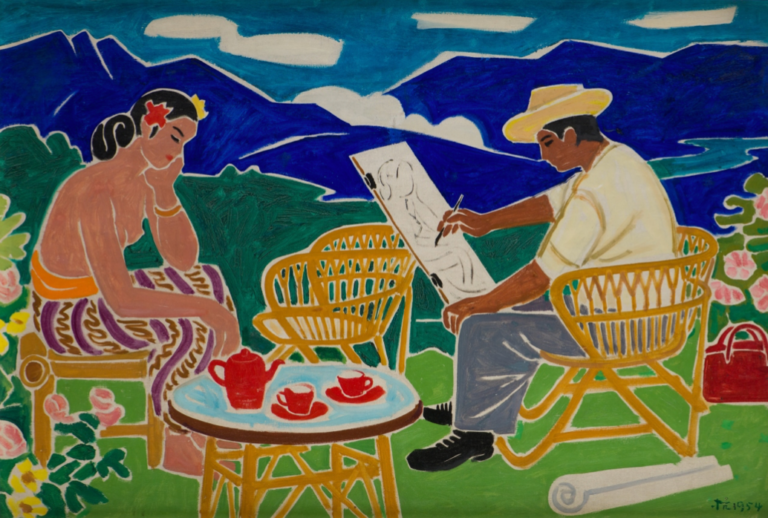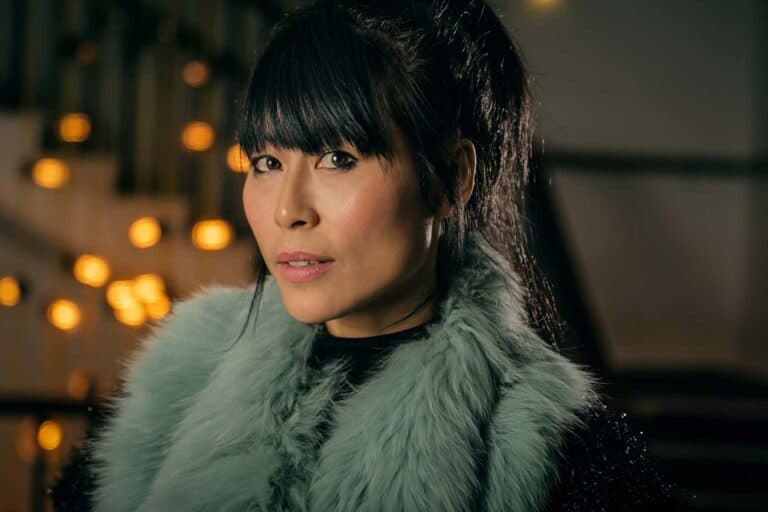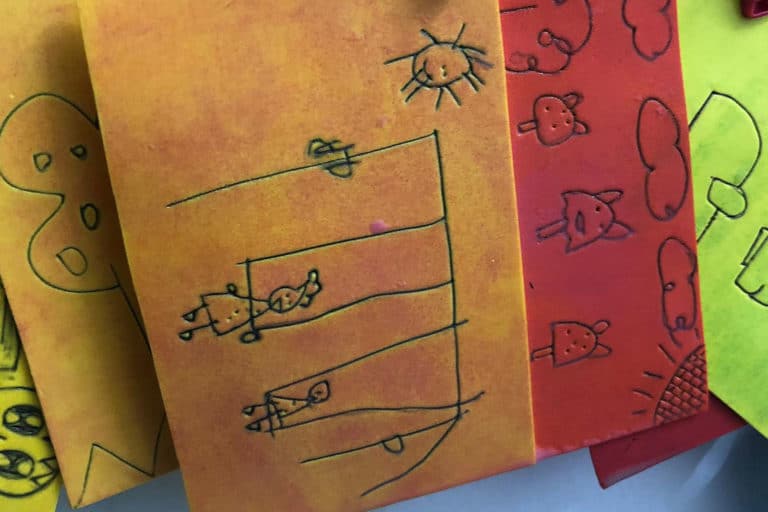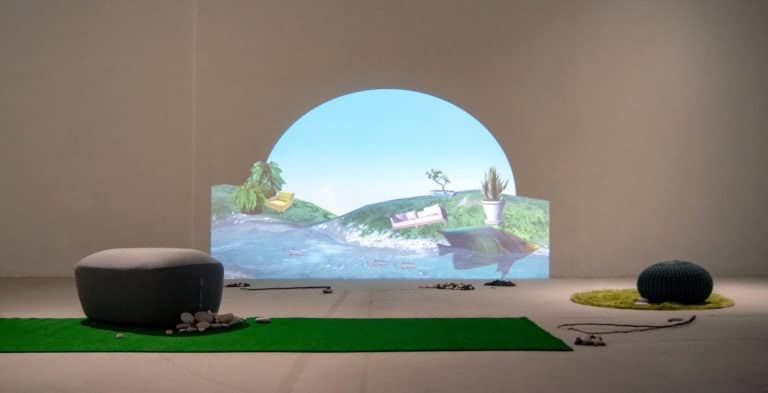When we think about the developments of Indonesian contemporary art in recent years, we don’t necessarily think of Bali as one of the biggest art hubs. “The Balinese art scene is different from Jakarta, Yogyakarta, and Bandung as it has been in the last couple of decades supported and fuelled by its strong tourism industry,” say Suriawati Qiu Chunyang and Jindee Chua, founders of CushCush Gallery, a little oasis within hectic Denpasar.
The couple also points out that Bali doesn’t have a big pool of local collectors and that local artists tend not to be professionally represented: “Many Balinese artists have their studios here, so tourists from overseas can visit them and buy the paintings they like. But usually, if they want to take a leap, they start looking for gallery representation in Jakarta.”
With the onset of the pandemic, the scenario started to shift. In fact, since the start of the global emergency, the Indonesian government had shut its borders, resulting in no foreign tourists flying directly into Bali (although many regulations have since been lifted recently).
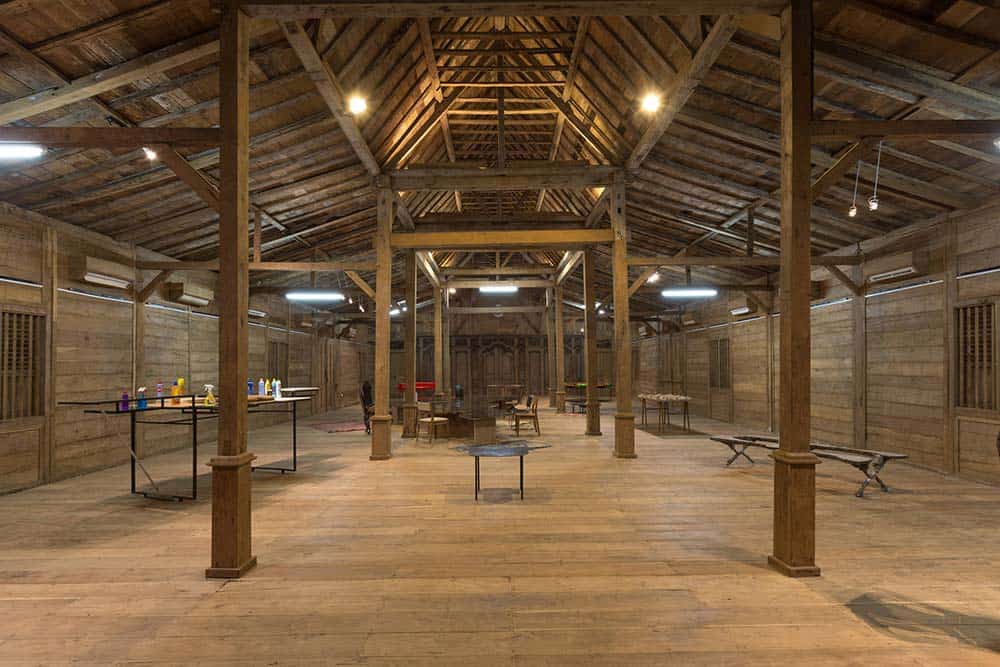
“Speaking with my fellow artists, gallery owners, and curators, from Indonesia, Europe, America, and Australia, we face the same situation caused by social distance regulations,” says artist Marco Cassani, who also manages the art space Kayu. He acknowledges that even if the pandemic has deeply affected us emotionally and spiritually it has not always been in a negative way: “It has helped us to reconnect with the essential while allowing our artistic research to continue undisturbed.”
I spoke with the directors of four different art spaces in Bali to ask them how they are navigating this particular time in history, and the strategies they are implementing for a better Balinese art scene to come.
Ketemu Project: Breaking the stigma of tourism through expanding audiences
Ketemu Project, a transnational art collective and social enterprise hybrid, was founded in 2011 by Singapore artist Samantha Tio (Mintio) and Balinese artist Budi Agung Kuswara (Kabul). The initiative stemmed from the couple feeling uncomfortable with the idea of their work only reaching the commercial art market. To them, the arts can be used as a tool to deal with contemporary societal challenges. In their second year of activity, they started working on a project involving a community of marginalised batik workers, in a program called The Wax on Our Fingers.
Their latest programs, developed in response to the pandemic, brings the discourse a step further, catering to people with disabilities, like exhibition tours involving the Balinese deaf community and visual impairment community. “Most of them have never visited an art exhibition before, and they were deeply engaged,” says Budi.
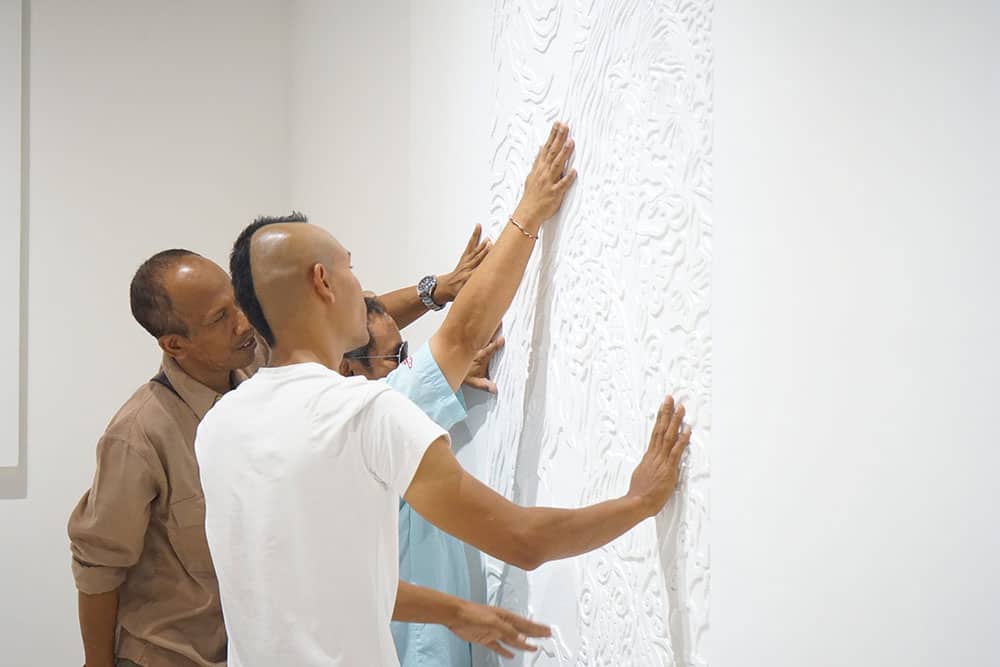
Budi points out that during the pandemic artists have had more time and freedom to experiment and explore: “Interesting things are happening in the studios, and there are a lot of talks and Zoom discussions on the art scene. We have talks up to three times a week, attended by audiences from different parts of Indonesia. For Bali, the conversation is always about how we can have more relevance in the Indonesian art scene, by starting to build sustainable art infrastructures.”
Indeed to Budi, the main difference between the Balinese art scene and the situation in Yogyakarta, Jakarta, or Bandung, is the lack of a platform, like a biennale or an art fair: “The previous attempts at creating such events often stopped at one edition.”
The reason, Budi posits, is that these projects are fundamentally unsustainable.
“We lack proper understanding of how an art scene works,” he says, “Bali’s art scene has grown to become too dependent on the tourist industry, and this has really changed the mentality of Balinese people in the way they think about art and what it means to be an artist. In the main Indonesian cities, the approach is very different.”
With this awareness (Budi himself is Balinese but studied in Yogyakarta), Ketemu started focusing more and more on community art practices. A few years ago, they expanded their programs to include disabled communities.
“We decided to do that because we wanted to access new possibilities of what art can do for people. We wanted to break the stigma of art and tourism in Bali as being necessarily connected,” explains Budi.
While tourism usually depicts a stereotypically ‘perfect’ vision of the island – rendering disability and other social issues invisible – Ketemu acknowledges the realities of the island and brings them to the forefront. In this way, it reclaims the role of art as a vector for change and real interaction.
Despite the difficulties, Budi – who himself has an upcoming show at Mizuma Gallery in Singapore at the end of the month – is optimistic of how things will unfold for the Balinese art scene.
“I believe that good art stems from difficult situations, so when the time is right, we will see some very interesting things coming out from Bali,” he concludes.
CushCush Gallery: Expanding to new local communities in eastern Indonesia
Suriawati Qiu and Jindee Chua are the founders of CushCush Gallery, an alternative gallery that embraces interactions with a public beyond the typical art folks, and celebrates multi-disciplinary creativity. Suriawati and Jindee acknowledge that the Balinese art ecosystem lacks curators and art managers who are able to build consistent exhibition programs over a period of time, and which speak to the wider Balinese societal context. CushCush seeks to resolve this issue by launching a program focused on art management and writing, called DenPasar.
Taking advantage of the growth in online engagement in the art world, CushCush Gallery has been expanding its audiences by including in its programming, other parts of Indonesia that are usually excluded from contemporary art discourse.
“With this year’s program DenPasar2021: Rising SEA, an online intensive curatorial residency program focused on young curators from Bali and the East Indonesian islands, we wanted to expand horizons for Balinese and Eastern Indonesia artists, so that in the future they will become educational agents in their respective regions, by developing a curatorial understanding of arts with their unique perspectives and strong local contexts. We sought mentors from different parts of Indonesia, and invited Eastern Indonesian communities to join us, including participants from Papua, Sulawesi, Umbuon, Flores and other islands,” says Jindee.
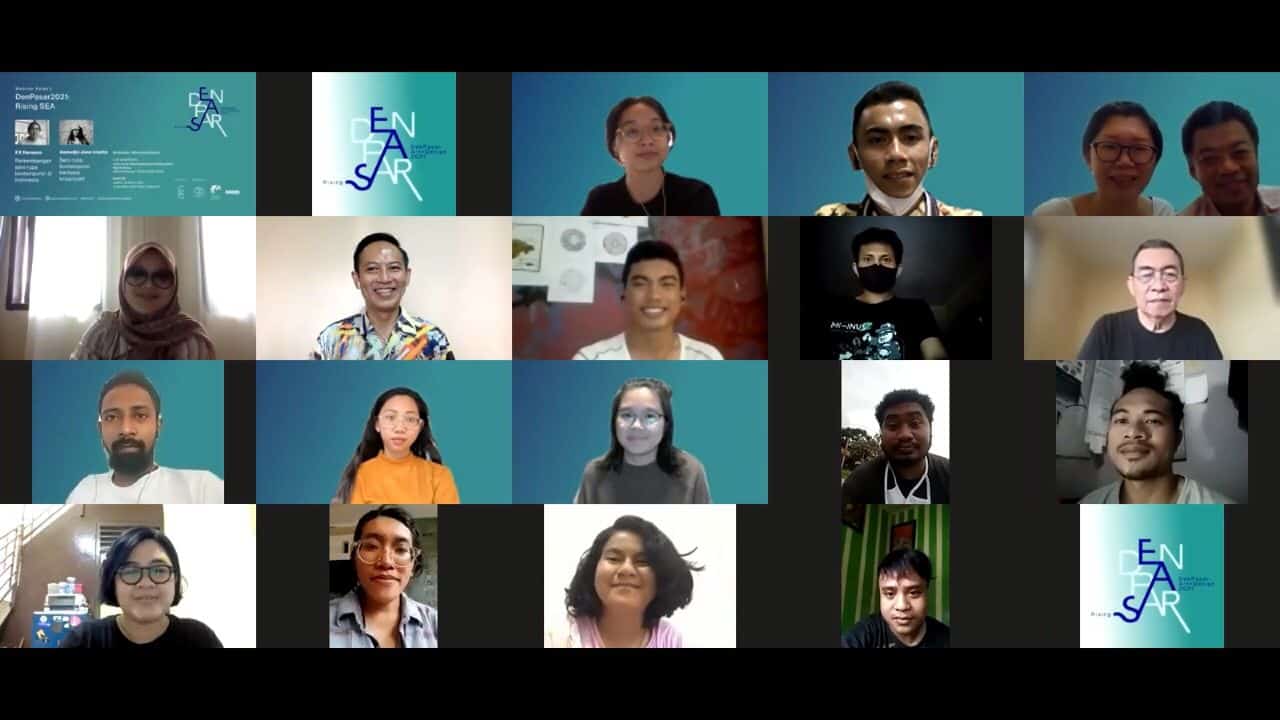
Suriawati says that sectors in Eastern Indonesia have a very similar context to Bali, “They are very rooted in traditional crafts, and in art forms such as dance and music. Artistic production also depends on the availability of materials. In places like Flores or Papua, it is very difficult to find canvases, so artistic practices in areas such as photography, street art and mural painting are better developed.
“In our first class we had a lecture by FX Harsono sharing about contemporary art practices and the history of contemporary art in Indonesia, while Asmudjo Irianto talked about the role of crafts as something that can be used beyond their original purpose, to become part of contemporary art,” says Suriawati.
“We have participants with different levels of knowledge of the contemporary art environment, from different parts of Indonesia, and from outside the art circuits as well. They have been able to generate new ways of thinking.”
“In some ways, I hope the Balinese will learn that they can’t just rely on one single source, which is tourism,” says Jindee. “We hope this pandemic will make people reflect on how to make better moves for the future, and bring them into fruition.”
V-Room: Community as inspiration
Artists Fendry Ekel and Marco Cassani’s project V-Room pursues a different direction. Here, the local Balinese audiences are taken in account only partially, as V-Room sees itself more in an idealistic dialogue with the international art scene. In fact, to Marco and Fendry, tourism (or the lack thereof) in Bali, shouldn’t be relevant to the art system. Therefore the space centres its discussion on the object-artwork itself.
V-Room looks at the local community mainly as an inspiration and as a metaphor. As Fendry says, “With its series of shows called Constellation, V-Room created a curatorial concept that takes inspiration from the strength, human solidarity, and great calmness, within the Ubud community, Here, people are trying to make ends meet while dealing with a very frightening catastrophe caused by the pandemic without losing faith in worshipping life.”
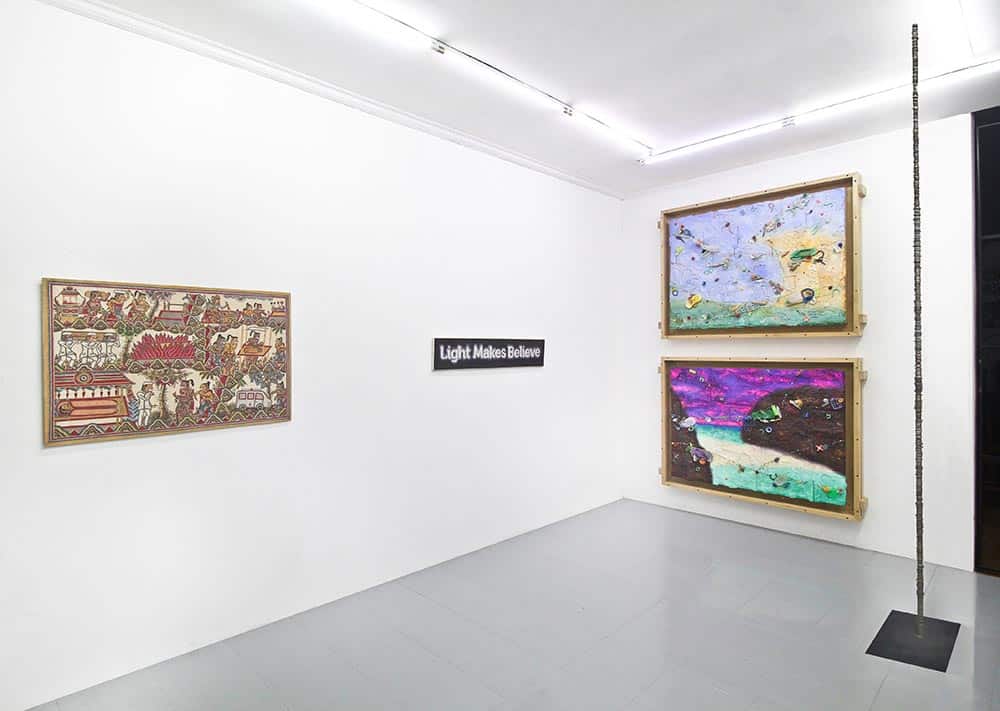
V-Room started with Fendry’s personal experience of being trapped in lockdown at the beginning of 2020. “I was in the midst of moving my studio from Berlin to Ubud,” says Fendry. “Like many others on the island, I thought the pandemic would last maybe a couple of months without expecting it to last for almost two years. It seems everybody was kind of pushed back to their natural given origins, with family and home suddenly becoming the only important matters.”
He says that the decision to create the art space V-Room with Marco Cassani is grounded in his basic needs as an artist: ”Having a project to focus on is a way to mentally survive the loneliness of being in the middle of the ocean, physically far away from relatives and old friends. Thus, the V-Room project was for me a way to send out an ‘SOS’ signal to the world, showing it that I am ‘still alive’ despite the circumstances.”
Kayu: Continuing to create an international discourse on contemporary art in Bali
Before founding V-Room, Marco Cassani was already managing the art space Kayu, which continued operations during the pandemic. “With the strong support of Nicola Trezzi I founded the Kayu platform in 2014 as an extension of my artistic practice. Kayu’s activity is not just about promoting artists but about creating an international discourse on contemporary art in Bali through experimental and conceptual projects, and my artworks have the opportunity to interact with works of my colleagues from all around the world. This new pandemic climate doesn’t change the strategy of Kayu.”
“Since the pandemic began, I have operated Kayu on a smaller and more intimate scale, following government regulations, and avoiding events and gatherings,” says Marco. “However, this year we managed to complete Kayu’s twelfth project Domesticity VIII, an artistic intervention by Canadian artist Terence Gower. The artwork comprises a permanent artistic intervention at Project Etere in Bali, which we realised locally. It investigates the relationship – or lack thereof – between contemporary art and domestic spaces.”
In terms of the new directions of Kayu moving forward, Marco doesn’t have a definitive program: “I let it grow organically, letting the various projects mature and communicate with each other. I communicate with the invited artists through email and Skype / Zoom meetings and we decide what to present and how to create the artworks and performance in Bali. Where possible, artists come to Bali and we rarely ship and receive works from abroad, so for the time being we are not particularly affected by travel restrictions.”
At the moment, I am in a creative dialogue with my friend and fellow artist Ashley Bickerton who, like me, lives in Bali. We have been collaborating since 2015 when I presented his first solo exhibition in Bali and Indonesia, and we are planning for a new presentation of his new artworks.”
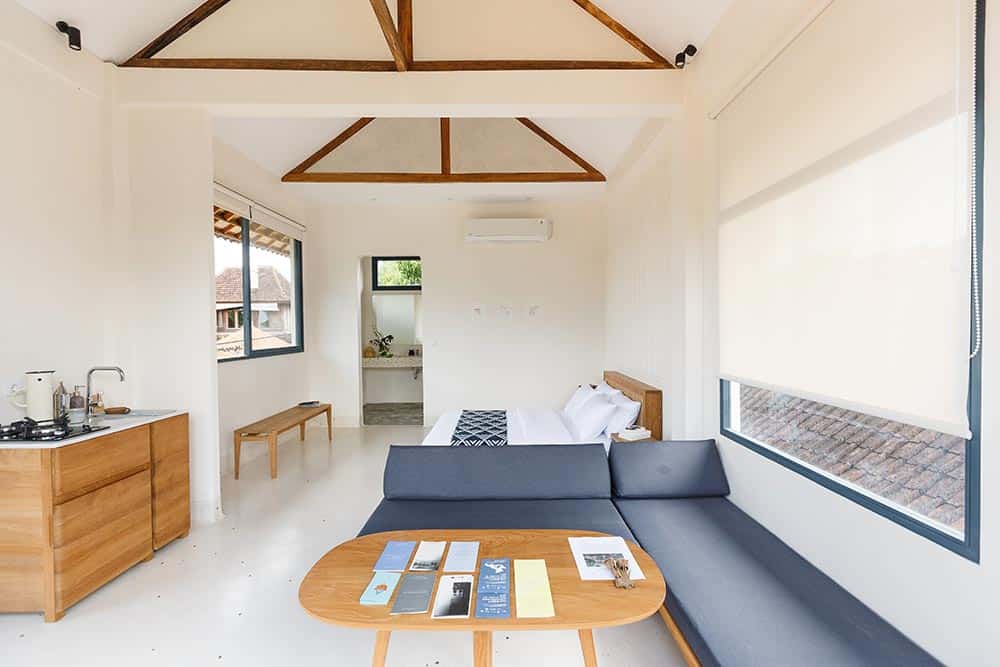
_____________________________
Check out the following links for more information about the respective art spaces in Bali:
Ketemu Project: https://ketemu.org/
V-Room: https://www.honoldfineart.com/v-room-view-2.html
Kayu: http://kayu-luciefontaine.com/
CushCush Gallery: https://cushcushgallery.com/ccg/
Feature image: Wax on our Fingers exhibition at Ketemu. Image courtesy of Ketemu.
